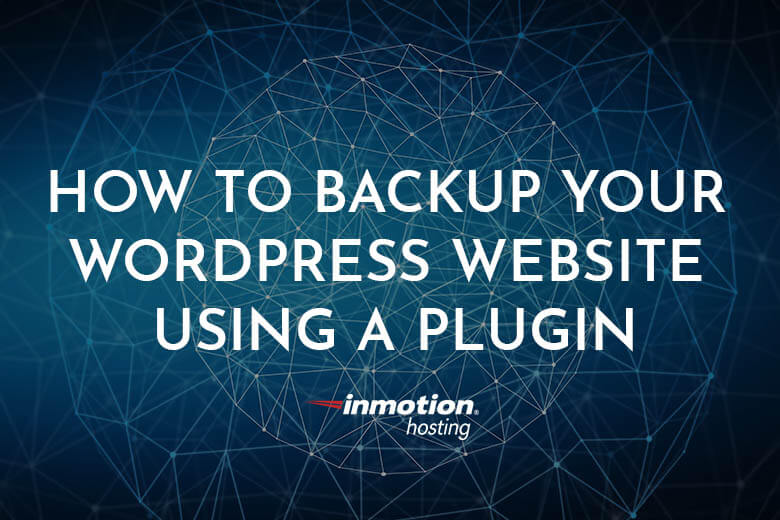
For anyone who is serious about keeping their WordPress website safe and secure, a backup plugin for WordPress is an absolute must-have item. This allows you to save your website exactly as it is at any time.
We suggest learning how to backup your WordPress website using a plugin for this job.
Backup plugins work to completely copy the contents of WordPress sites for later retrieval if any unforeseen incident occurs.
If something happens to your website — like a hacker who intentionally crashes it or infects it with malware and other viruses —you could simply reload the site from its last save point. Rebuilding your website is very time-consuming and isn’t the most desirable option.
Here’s how that would work:
Backup Your WordPress Website With These Plugins
There are plenty of backup plugins on the market for your WordPress site and each one has its own interface and menu options. A top choice right now is Total Upkeep. But in general, any of these tips will work with any reputable plugin.
What Should You Save?
One of the first questions that will be asked by your plugin is exactly what type of data you want to be backed up. Some will automatically default to “All,” but you can generally do a custom configuration to include any of the following:
- The WordPress core (the site’s shell)
- The wp-content (which includes your plugins and installations)
- The database (which contains your content and other collected data)
Generally speaking, you will only need to backup these areas if you make a change in them. So, if you add something to your wp-content like a new plugin, then run a backup. If you add new content to your database, then that should be backed up instead.
Where Should You Save it?
The idea of backing up data is to keep it safe in the event that something happens to your network server. For that reason, don’t save your backup to the server. It kind of defeats the purpose and can slow down your server’s processing speeds. Instead, save your backup files to an off-site cloud platform such as Dropbox or Google Drive. (Just make sure that your plugin allows you to do this.)
How Often Should You Run a Backup
The general rule of thumb for running a backup is to do so when you update your website. If you are generating new content on a daily basis, then you will want to schedule a daily backup. However, if your content is only added weekly or bi-weekly, then you can schedule those backups accordingly.
Most backups will allow you to schedule how often (from monthly to once every hour!) and will allow you to set the time that you want the backup to run (such as the middle of the night when you don’t have to think about it.) Many of these plugins will also email you a confirmation that the backup has been run.
How Many Backups Should You Save?
This is really up to your discretion. Keep in mind, though, that full website backups can be quite large. If you are paying for cloud storage, it can fill up quickly if you try to save them all. With that in mind, usually, two to three backups are a safe number to hold onto. Many of the plugins will allow you to set the maximum and will then overwrite the old files when new ones are saved.
Generally speaking, a backup plugin is an essential tool to have at your disposal. Accidents happen all the time and there are also hackers lurking around the corners who will try to destroy your site. That’s why it’s so important to have a backup on standby to protect yourself and your business.